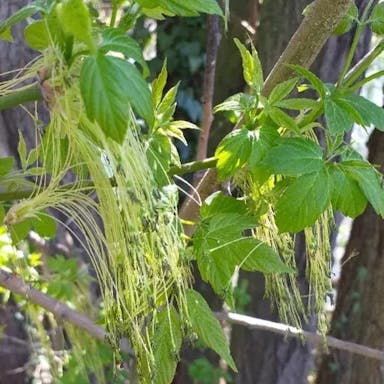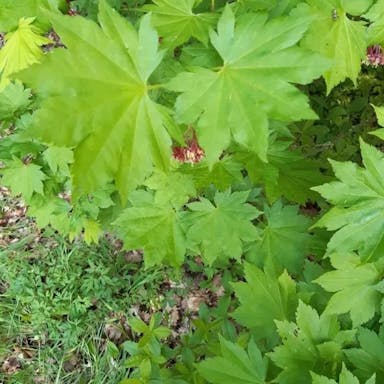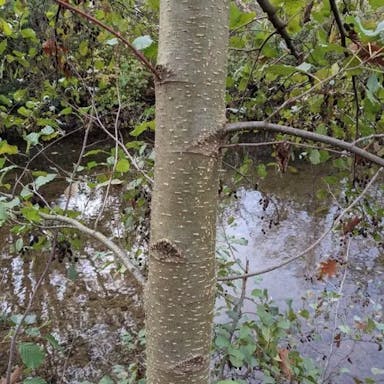Water ash thrives in well-drained soil with a pH level between 6.0 and 7.0. It prefers loamy soil rich in organic matter. Fertilize water ash in early spring with a balanced slow-release fertilizer to promote healthy growth. Apply fertilizer again in mid-summer to support flowering and fruiting. Use a fertilizer with a 10-10-10 NPK ratio or similar, following the manufacturer's instructions for the correct amount. Avoid over-fertilizing as it can harm the plant. Regularly check the soil quality to ensure it remains fertile and well-drained. Water ash benefits from occasional mulching to retain moisture and suppress weeds.
0
0











